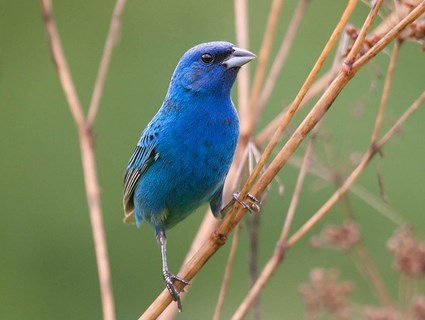■
(e) African Grey Parrot in a holding cage in a pet store; the plastic meals and water dishes are held of their designed openings with spring clips, with extra security provided by dog clips. Relying on the species of bird, not like canine and cats for example, they will dwell as much as eighty years of age and with a lot love and care can grow to be one of the crucial precious pets in the house.
Canine have advanced to live with humans during the last 27,000 years ( ref ) parrots since maybe, the Thirties ( ref ). The parrot's means to imitate human speech is, on the same time, its most endearing and its most deceptive trait. It is simple to neglect that parrots are wild spirits of the tropical savannahs, not domesticated companions like dogs and cats that match comfortably into the common human household.
For an extensive parrot training system that doubtlessly turns your chicken right into a fun, loving companion as well as learning a number of cool tricks, try Chet Womach's Parrot Training Course Remember that taming and training a chook takes endurance, by no means 'punish' your pet! Students with Birds Blog was founded by me: Sarah, a parrot slave with a penchant for research and a knack for coaching animals.
Birds that take food on the wing take a long time to hone their hunting expertise, with out some coaching, and help with handouts for a time, http://www.mergemp3.com these birds will not survive. Cockatiels can mimic many sounds, such because the bleep of a automobile alarm , a ringing telephone , the sound of a zipper, the beeping of cell phones or microwaves, or the calls of different fowl species such as blue jays or chickadees and loud weather like thunder They can also mimic different pets such as canine, often barking again.
Some purchased the chook on impulse after a slick sales pitch by a pet shop employee or bird breeder who minimized how demanding larger parrots could be. The truth is, parrots require significantly more time and attention than dogs and cats. Cockatoos and other pets, akin to canine and cats, may or may not develop a friendly relationship with one another.
In cockatoos with cloacal prolapse, characteristic—albeit speculated—historical findings embody hand-rearing; delayed weaning; bonding to a particular particular person; and show of behaviors comparable to continued begging for food, sexual arousal, and tendency to carry feces for a prolonged interval (which can have been stimulated further by potty coaching by the owner).147 These behaviors could stimulate extended and recurrent cloacal straining; subsequent cloacal stretching, dilatation, and prolapse (see Figure 5-49); and distension and flaccidity of the cloacal sphincter.